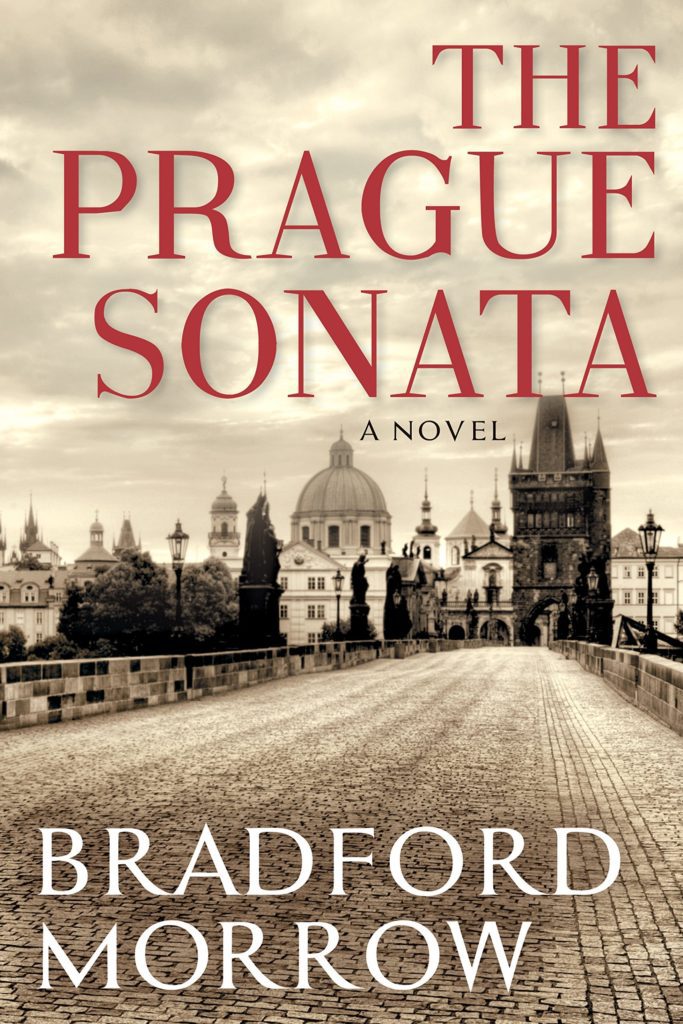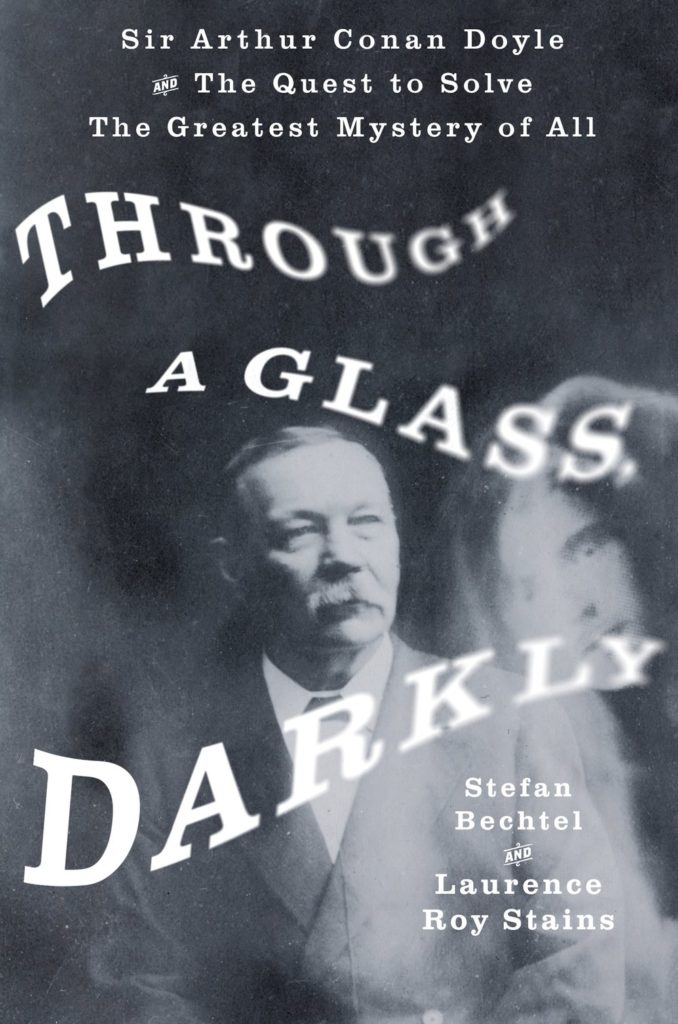
You heap the logs and try to fill / The little room with words and cheer, / But silent feet are on the hill, / Across the window veiled eyes peer. ~Hortense King Flexner
October is my favorite month, and Halloween is my favorite holiday. As I mentioned in my previous post, I’m having a hard time getting back into a reading and writing groove since evacuating for Hurricane Irma. I hope celebrating this spooky time of year will help me find a way to settle and concentrate again.
 The Prague Sonata
The Prague Sonata
From the publisher:
In the early days of the new millennium, pages of a weathered original sonata manuscript—the gift of a Czech immigrant living out her final days in Queens—come into the hands of Meta Taverner, a young musicologist whose concert piano career was cut short by an injury. To Meta’s eye, it appears to be an authentic eighteenth-century work; to her discerning ear, the music rendered there is hauntingly beautiful, clearly the composition of a master. But there is no indication of who the composer might be. The gift comes with the request that Meta attempt to find the manuscript’s true owner—a Prague friend the old woman has not heard from since the Second World War forced them apart—and to make the three-part sonata whole again. Leaving New York behind for the land of Dvorák and Kafka, Meta sets out on an unforgettable search to locate the remaining movements of the sonata and uncover a story that has influenced the course of many lives, even as it becomes clear that she isn’t the only one after the music’s secrets.
I’ve only had the chance to just start this novel but it’s already atmospheric and mysterious. I’ve loved everything else I’ve read by Bradford Morrow.
Hardcover: 480 pages
Publisher: Atlantic Monthly Press (October 3, 2017)
Language: English
ISBN-10: 0802127150
ISBN-13: 978-0802127150
Product Dimensions: 6 x 9 inches
Reading via NetGalley
 Playing Dead: A Journey Through the World of Death Fraud
Playing Dead: A Journey Through the World of Death Fraud
From the publisher:
Is it still possible to fake your own death in the twenty-first century? With six figures of student loan debt, Elizabeth Greenwood was tempted to find out. So off she sets on a darkly comic foray into the world of death fraud, where for $30,000 a consultant can make you disappear—but your suspicious insurance company might hire a private detective to dig up your coffin…only to find it filled with rocks.
Playing Dead is a charmingly bizarre investigation in the vein of Jon Ronson and Mary Roach into our all-too-human desire to escape from the lives we lead, and the men and women desperate enough to give up their lives—and their families—to start again.
Nearly finished reading this light, cheeky investigation into people faking their own deaths — and how they got caught. Greenwood talks to those who’ve come back to life, investigators whose job is to track insurance scammers down, and those who are convinced that famous pop stars are still alive.
I am reading my own copy, purchased by me.
Paperback: 272 pages
Publisher: Simon & Schuster
Language: English
ISBN-10: 147673934X
ISBN-13: 978-1476739342
Product Dimensions: 5.5 x 0.8 x 8.4 inches
 Through a Glass, Darkly
Through a Glass, Darkly
From the publisher:
Is it possible to make direct contact with the dead? Do the departed seek to make contact with us? The conviction that both things are true was the cornerstone of spiritualism, a kind of do-it-yourself religion that swept the Western world from the 1850s to the 1930s. Prominent artists and poets, prime ministers and scientists, all joined hands around the séance table. But the movement’s most famous spokesman by far was Sir Arthur Conan Doyle, whose public quarrels with Houdini over the truth of spiritualism made headlines across the country.
Known to the world as the creator of Sherlock Holmes, Conan Doyle had undergone what many considered an enigmatic transformation, turning his back on the hyper-rational Holmes and plunging into the supernatural. What was it that convinced a brilliant man, the creator of the great exemplar of cold, objective thought, that there was a reality beyond reality?
I love reading about the Spiritualist movement, particularly where it intersects with the lives of Arthur Conan Doyle and Houdini. The book is well-written and approachable, while still being rooted in academic research.
While it becomes clear that the writers are on the side of Spiritualists, they do a fair job of illuminating the skeptical side of the argument. The thread of Doyle gets a little lost in the later chapters and becomes more about the medium-busting of the 1910s and 20s (I recommend The Witch of Lime Street for an in-depth investigation of that episode). I do wish the book stayed a bit more focused but I greatly enjoyed it.
By Stefan Bechtel and Laurence Roy Stains
Hardcover: 320 pages
Publisher: St. Martin’s Press (June 13, 2017)
Language: English
ISBN-10: 125007679X
ISBN-13: 978-1250076793
Product Dimensions: 5.7 x 1.3 x 217.4 inches
My thanks to St. Martin’s Press for the review copy.
